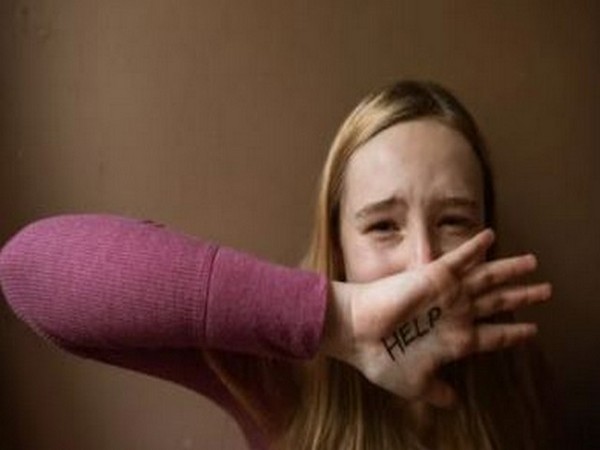Washington [US], January 24 (ANI): A report published in the Journal of Personality and Social Psychology, uncovers that youthful and appealing ladies who act in a ladylike manner have a higher likelihood of being accepted when making sexual harassment allegations.
The findings of this University of Washington-led study involved more than 4,000 participants, reveals perceptions that primarily “prototypical” women are likely to be harassed. The research also showed that women outside of those socially determined norms or “non-prototypical” women are more likely perceived as not being harmed by harassment.
That leaves women who do not fit the prototype potentially facing greater hurdles when trying to convince a workplace or court that they have been harassed.
“The consequences of that are very severe for women who fall outside of the narrow representation of who a victim is,” said Bryn Bandt-Law, a graduate student in psychology at the UW and one of the study’s lead authors.
“Nonprototypical women are neglected in ways that could contribute to them having discriminatory treatment under the law; people think they’re less credible — and less harmed — when they make a claim and think their perpetrators deserve less punishment.”
The study is co-led by Jin Goh, a former postdoctoral researcher at the UW now at Colby College, and Nathan Cheek of Princeton University.
The researchers said the idea for the study came from the #MeToo movement, founded by Tarana Burke and popularised in 2017 after a number of actresses accused movie producer Harvey Weinstein of sexual harassment and abuse. #MeToo and related movements empowered individuals to come forward about their experiences with sexual harassment, which the US Equal Employment Opportunity Commission defines as gender discrimination and/or unwelcome sexual behavior that can affect a person’s job performance and work environment.
The movement also encourages people to name perpetrators and in some cases pursue legal action. But as the study’s authors reflected on the celebrities who stepped forward, they wanted to explore further the notion of credibility. They set up a series of experiments to be divided among the 4,000 participants to address three research questions: who we think is sexually harassed; what constitutes harassment; and how claims of harassment are perceived.
The experiments largely consisted of written scenarios and digitally manipulated headshots. The researchers’ scenarios drew upon different ways that psychologists say sexual harassment can manifest: coercion, with a quid pro quo expectation; unwanted advances, with no quid pro quo; and gender harassment, which are hostile comments and behaviors tied to a person’s gender. In one scenario, for example, a supervisor puts his hand around a female employee’s waist; in another, a supervisor asks about a female employee’s boyfriend.
Some scenarios were clear and egregious violations of the law, some were clearly benign, and some were appropriately vague. To address the research question of who we think is likely to be harassed, some participants were asked to draw a woman who was harassed — or not harassed, depending on the assignment.
This approach reveals people’s conceptions and biases at a basic, freeform level, explained senior author and UW psychology professor Cheryl Kaiser. It has been used in other well-known experiments such as “draw a scientist,” which often reveals gender bias.
“When you make a perception of harassment, you also make a connection to womanhood, but the way we understand womanhood is very narrowly defined. So for anyone who falls outside of that definition, it makes it hard to make that connection to harassment,” senior author and UW psychology professor Cheryl Kaise said.
One area that merits further study of harassment prototypes, the researchers said, are the many other between-group variations among women — specifically, race, ethnicity, sexual orientation, and gender identity. Because white women are perceived as prototypical women, the researchers are currently exploring whether Black women are perceived as less credible and less harmed by sexual harassment.
Such a finding would be consistent with Tarana Burke’s criticism that the mainstream #MeToo movement has disproportionately centered and benefited a narrow group of women, such as white, conventionally feminine celebrities.
Overall, researchers believe their findings help illustrate how laws may not always protect the people they’re designed to. Accusations must be deemed credible, and the incidents harmful, for harassment claims to lead to legal resolution. By recognizing that harassment can happen regardless of a person’s fit within a prototype, the chances for justice are improved.
“If we have biased perceptions of harm for non-prototypical women, it will drastically change their legal outcomes,” Bandt-Law said. “If they are not being believed, they are effectively being silenced.” (ANI)
Attractive women’s claims on sexual harassment more credible: Study
- Advertisement -

